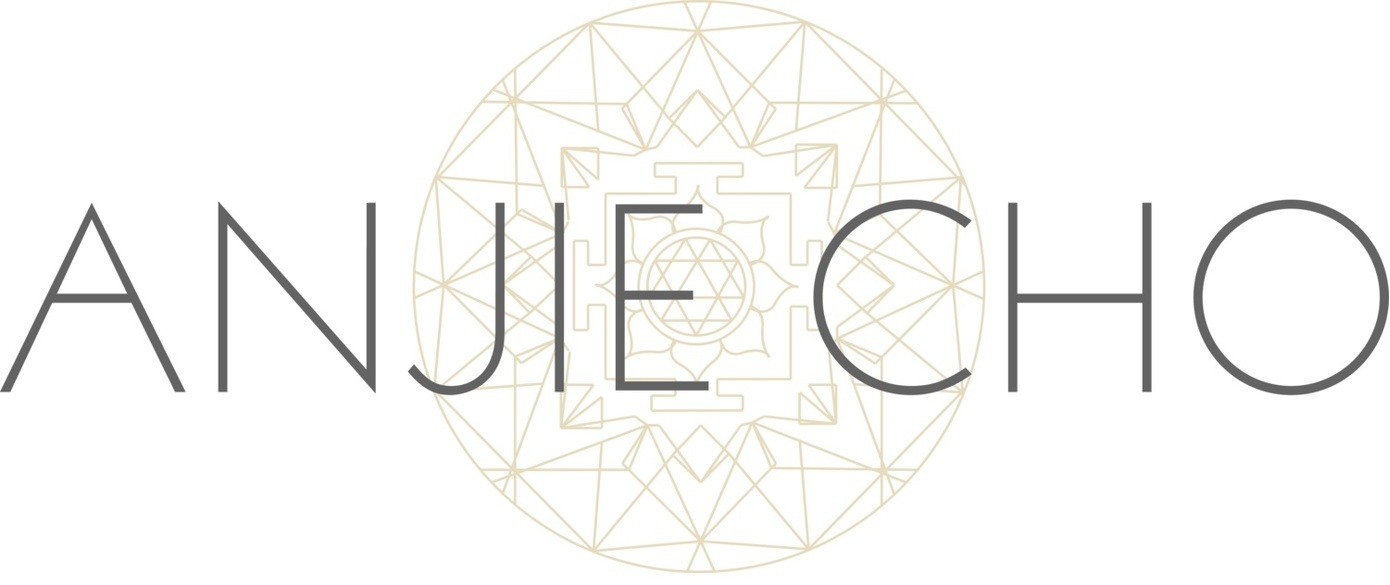Feng shui is a philosophy developed in ancient China that outlines positive ways in which to organize yourself in your environment. Meditation is a practice in which you can learn to become familiar with your inner landscape. Both feng shui and meditation are used to generate harmony and peace within your life.
Why not use feng shui to create a sacred space in which to meditate that can support and improve your meditation practice?
Define a Space
Select a dedicated space that you can routinely go back to for your meditation practice. It can be the corner of your bed, a room in your home, or a place outside in your backyard. My meditation space is a quiet section of my living room that faces a river view. Since it's not in the commanding position, I've set up a mirror so I can see behind me to put me in a relaxing and calm mental space. It is okay if you cannot find a perfectly quiet spot. Life is full of distraction, and part of meditation is to learn to accept the interruptions.
You can further differentiate your space by sitting on a special pillow, cushion or blanket to define your place. I have a couple of buckwheat zafu cushions specifically designed for meditation. This can help you to dedicate and define your special “spot.”
Dedicate and Clear the Space
After you have selected your meditation space and defined it physically, it is of utter importance to clear and dedicate the area energetically. Space clearing dedicates the invisible energy of space so you can start fresh and set your intention for the space, the particular moment and for your life.
In feng shui, oranges and orange peels represent vibrant, life-affirming energy. Orange essence is refreshing, happy and contributes positive, fresh, and brightening energy to our inner and outer environments. You can use 9 drops of orange essential oil in an aromatherapy diffuser to transform your area into a space with vibrant, life-giving, positive energy. Remember, when you clear the space of the existing energy, be sure to replace it with positive intention.
Add a Crystal for Clarity
Feng shui crystals are used to adjust the flow of energy in a space. They are particularly effective for bringing light, brilliance and clarity to your meditation practice. Feng shui crystal balls are made of faceted, leaded glass. For this application, purchase a crystal that is a minimum of 40mm and place in the center of your meditation space, above your head where you’re sitting or just in front of you so you can see it. The ball should be hung with a red string in a length that is a multiple of 9, for example 18”, 27”, 36”, etc. You can find crystals and red strings at the Holistic Spaces store here.
Use these three simple feng shui tips to create your own sacred meditation place to create harmony and peace in your inner and outer spaces.
If you’d like to learn more about feng shui, check out Mindful Design Feng Shui School at: www.mindfuldesignschool.com





